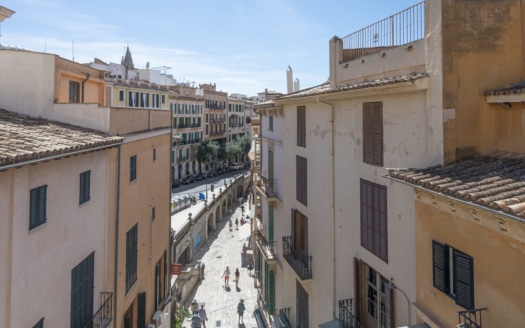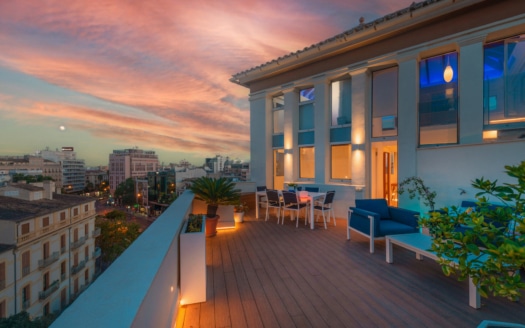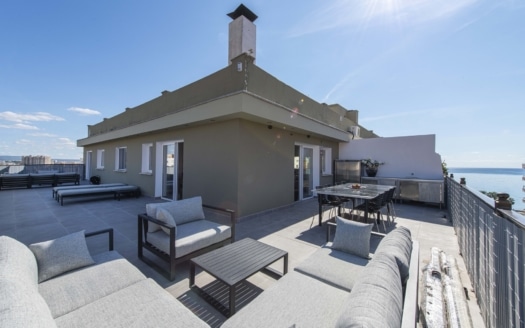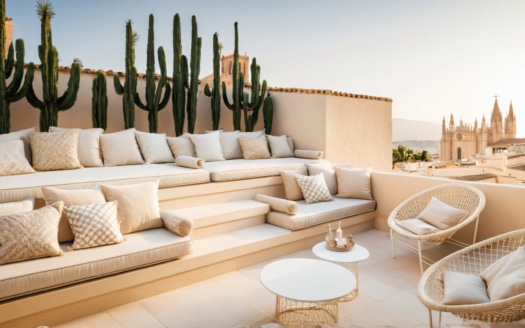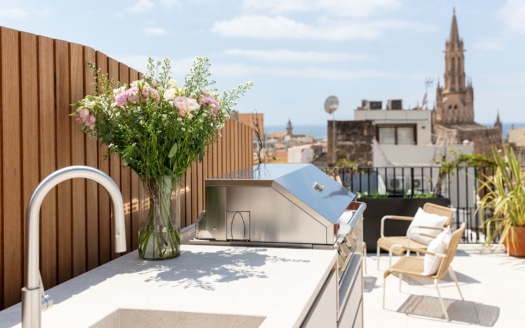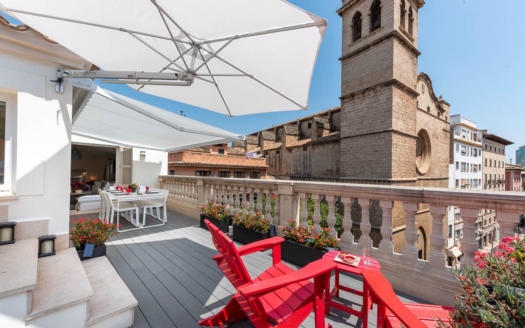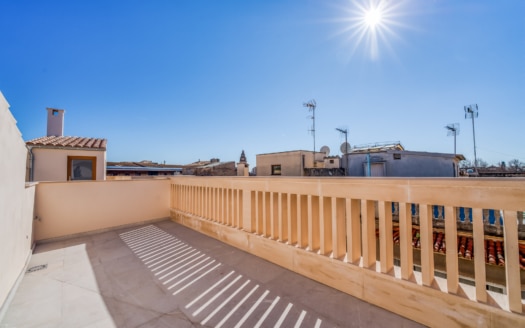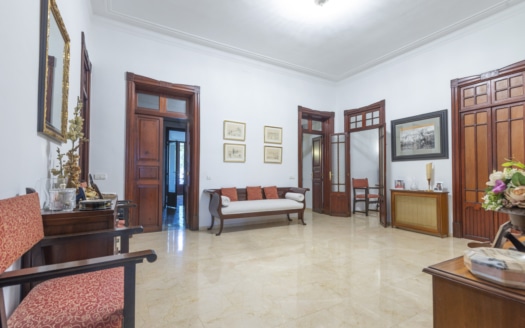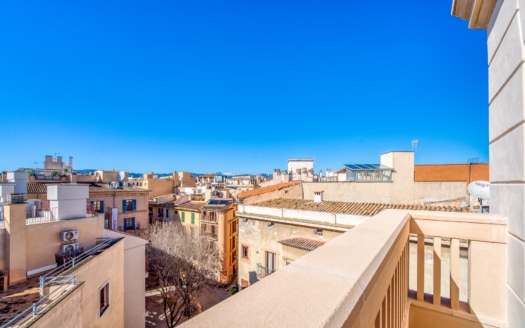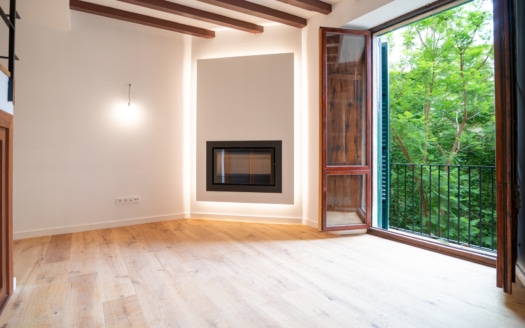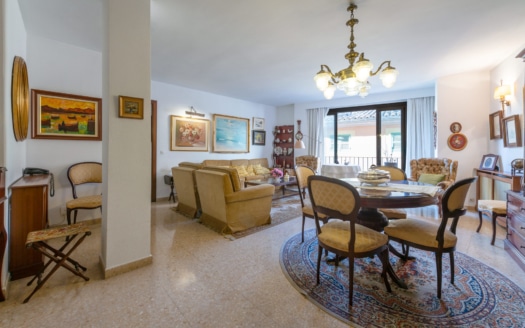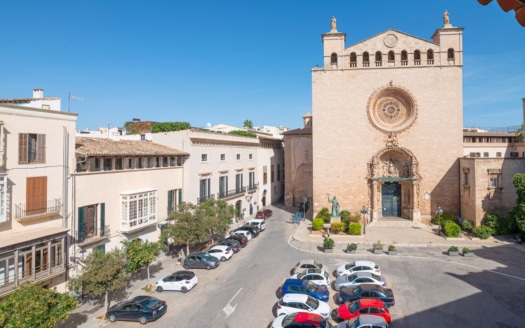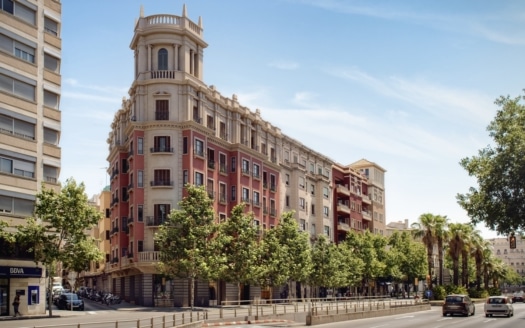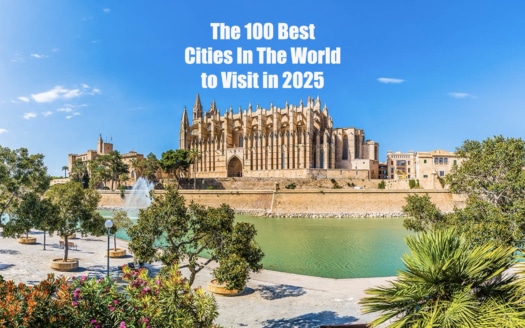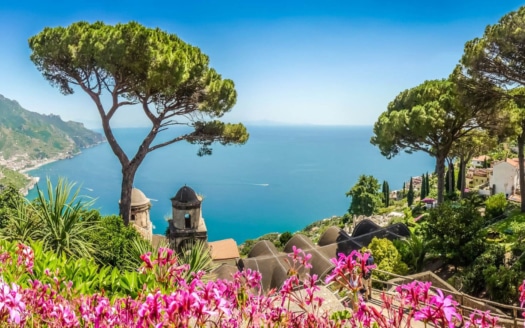
Local celebrations throughout January highlight Mallorca’s rich cultural heritage and strong communities
5th-6th of January
The arrival of the three wise men, also known as the Magi or Kings, is a celebrated and cherished tradition in many parts of the world, and Mallorca is no exception. In Mallorca, as in other regions, the arrival of the wise men is a significant event that marks the culmination of the Christmas season.
The festivities typically begin on the evening of January 5th, known as the Eve of the Epiphany or “La Nit de Reis” in Catalan. Families and communities gather in anticipation of the arrival of the Magi, who are said to have followed the Star of Bethlehem to visit the newborn Jesus. The celebration in Mallorca usually involves a colorful and lively parade that winds its way through the streets of each town across the island. In some smaller towns and villages, at the end of the parade route families gather and children are called by name to receive gifts from the wise men, having previously left a letter with a wish list with the three wise men and their helpers. In others, children arrive home to find that gifts have magically appeared while they were attending the parade.
The parade itself is a dazzling display of creativity and tradition. Elaborate floats, adorned with bright lights and decorations, carry the three kings through the streets, often accompanied by music, dancers, and other performers. The kings throw sweets and small gifts to the crowds, creating an atmosphere of joy and excitement, especially for the children who eagerly collect the treats. In Mallorca, it is not uncommon for the Magi to arrive by sea, given the island’s maritime heritage. The waterfront becomes a focal point for the festivities, with boats decorated in festive lights and colors. The arrival by sea adds a unique and picturesque element to the celebration, making it a memorable experience for both locals and visitors.
After the parade, many families gather to enjoy a traditional meal, often featuring the Roscón de Reyes, a ring-shaped cake decorated with candied fruits and sometimes filled with cream or other sweet surprises. Hidden inside the cake, a small figurine or trinket is placed, and whoever finds it is said to receive good luck throughout the coming year.
The arrival of the three wise men in Mallorca is not just a festive event but a cultural and religious celebration that brings communities together to share in the joy of the Epiphany. It is a time of reflection, gratitude, and the continuation of age-old traditions that connect the people of Mallorca to their rich cultural heritage.
16th-17th January
Sant Antoni, or Saint Anthony, is a widely celebrated festival in Mallorca, reflecting the island’s rich cultural and religious traditions. The festival usually takes place around January 17th, honoring Saint Anthony Abbot, the patron saint of animals and livestock. Sant Antoni is not only a religious event but also a time for communities to come together, showcasing their heritage through vibrant and lively celebrations.
Bonfires are a significant element of the Sant Antoni celebration, symbolizing the triumph of good over evil. In the days leading up to the festival, people collect wood to build large bonfires in public squares and other designated areas. The night before the official celebration is known as “revetlla,” wherein locals and tourists alike gather around these bonfires for a night of music, dancing, and communal fun. To kick off the night, many towns hold a dance of the “dimonis,” or demons. Participants dress in elaborate demon costumes, complete with intricate masks, to perform energetic dances and theatrical performances that entertain and engage with the audience.
One of the most distinctive aspects of the Sant Antoni festival is the blessing of animals. On this day, people bring their pets, livestock, and even working animals to be blessed by the local priest. It is a charming and heartwarming sight to witness various animals, from horses and donkeys to dogs and cats, adorned with ribbons and flowers, patiently awaiting the blessing. This ritual is not only a demonstration of faith but also a way for the community to express gratitude for the animals that play vital roles in their daily lives.
19th-21st January
Sant Sebastià is one of the most anticipated and celebrated festivals in Palma de Mallorca, and it is marked by a diverse series of concerts that draw locals and visitors alike. The festival takes place in the days before and after January 20th, honoring Saint Sebastian, the patron saint of Palma.
The concerts during Sant Sebastià play a crucial role in creating a festive and lively atmosphere throughout the city. Various stages are set up in different parts of Palma, showcasing a wide range of musical genres to cater to diverse tastes. From traditional folk music to contemporary pop and rock, the concert lineup is curated to appeal to a broad audience.
One of the main locations for Sant Sebastià concerts is the Passeig Sagrera, a picturesque promenade along the waterfront. This setting provides a stunning backdrop for open-air performances, allowing people to enjoy live music while taking in views of the sea. Additionally, stages are often set up in squares and other public spaces, creating a dynamic festival atmosphere that permeates the entire city.
Local and international artists take the stage during Sant Sebastià, offering a platform for both established musicians and emerging talents. The concerts feature a mix of traditional Mallorcan music, incorporating instruments like the xeremiers (bagpipers) and flabioler (flute players), as well as contemporary acts that bring a modern and eclectic vibe to the festivities.
The diversity of the music reflects the inclusive nature of the festival, attracting people of all ages and backgrounds. Families, friends, and music enthusiasts gather to enjoy the performances, contributing to the communal spirit of Sant Sebastià. Many concerts are free, making them accessible to a broad audience and fostering a sense of community celebration.
In addition to the concerts, other cultural and artistic events often take place during Sant Sebastià, including traditional dances, art exhibitions, and street performances. The festival is a time when the city comes alive with creativity and expression, showcasing the vibrant cultural scene of Palma de Mallorca.
PROPERTIES FOR SALE MALLORCA
Designer duplex penthouse in Palma with large terrace, impressive light design and sea views
Spacious penthouse close to the old town of Palma with spacious terrace and sea views
Designer apartment in Palma Old Town with private terrace, in a quiet location
INVESTMENT! Beletage in Palma with large conservatory & lots of potential
New build apartment in Palma Old Town with private terrace & top features
Beautiful duplex apartment in the heart of the old town of Palma
FIRST OCCUPANCY! Stylish duplex penthouse in Palma, close to Santa Catalina, with private terrace
FIRST OCCUPANCY! Triplex penthouse with roof terrace and elevator in the old town of Palma
INVESTMENT! 15 luxury apartments & 1 penthouse & 20 garage spaces in the center of Palma



